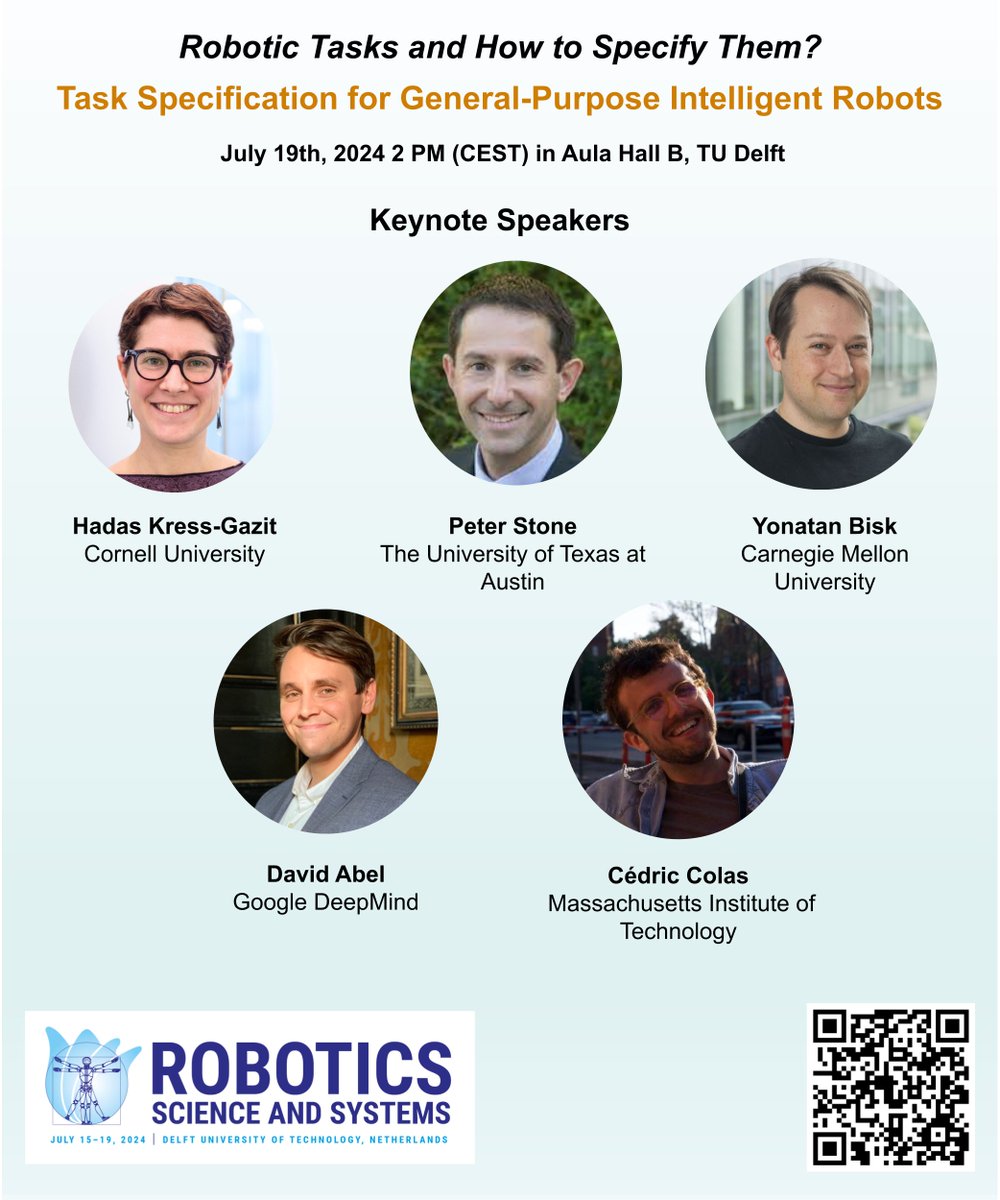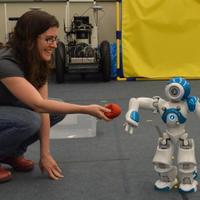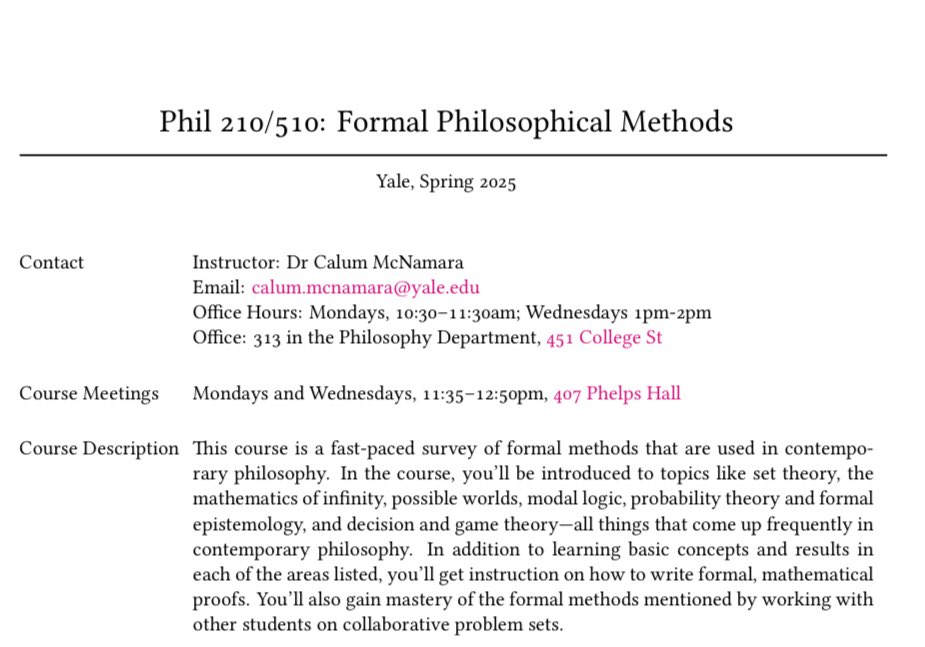
Ankit Shah
@ankitjs
Research Scientist at The Boston Dynamics AI Institute. Prev at Brown CS, Ph.D. from MIT. Making robots easy to program and deploy. ajshah.info
ID: 1710440479
29-08-2013 16:15:32
154 Tweet
209 Followers
287 Following




Solving new tasks zero shot using prior experience in a related task! Find Jason Liu @RSS at #ICRA2024




We will hear from an amazing line of speakers at our #RSS2024 workshop on robotic task specification tomorrow at 2 PM (CEST) in Aula Hall B Hadas Kress-Gazit 🪷, Peter Stone, Yonatan Bisk, David Abel, Cédric More details at: sites.google.com/view/rss-tasks…



Jason Liu @RSS will present their IJCAIconf survey paper on robotic language grounding. Please check out his talk (8/8 11:30) if you are at #IJCAI2024 In colab w/ VPC, Raymond Mooney from UT Austin, Stefanie Tellex from Brown CS, David Watkins from The AI Institute






Friends, need your help. Antariksh Bothale, a senior from IIT B has launched an incredible project of organizing all Sanskrit literature in one place, in a user-friendly manner. The service is free, not-for-profit, created purely out of passion. Media coverage will go a long way in


Wow! The core finding in the much-maligned Apple paper from Parshin Shojaee et al – that reasoning models generalize poorly in the face of complexity – has been conceptually replicated three times in three weeks. C. Opus sure didn’t see that coming. And a lot of people owe Ms.





